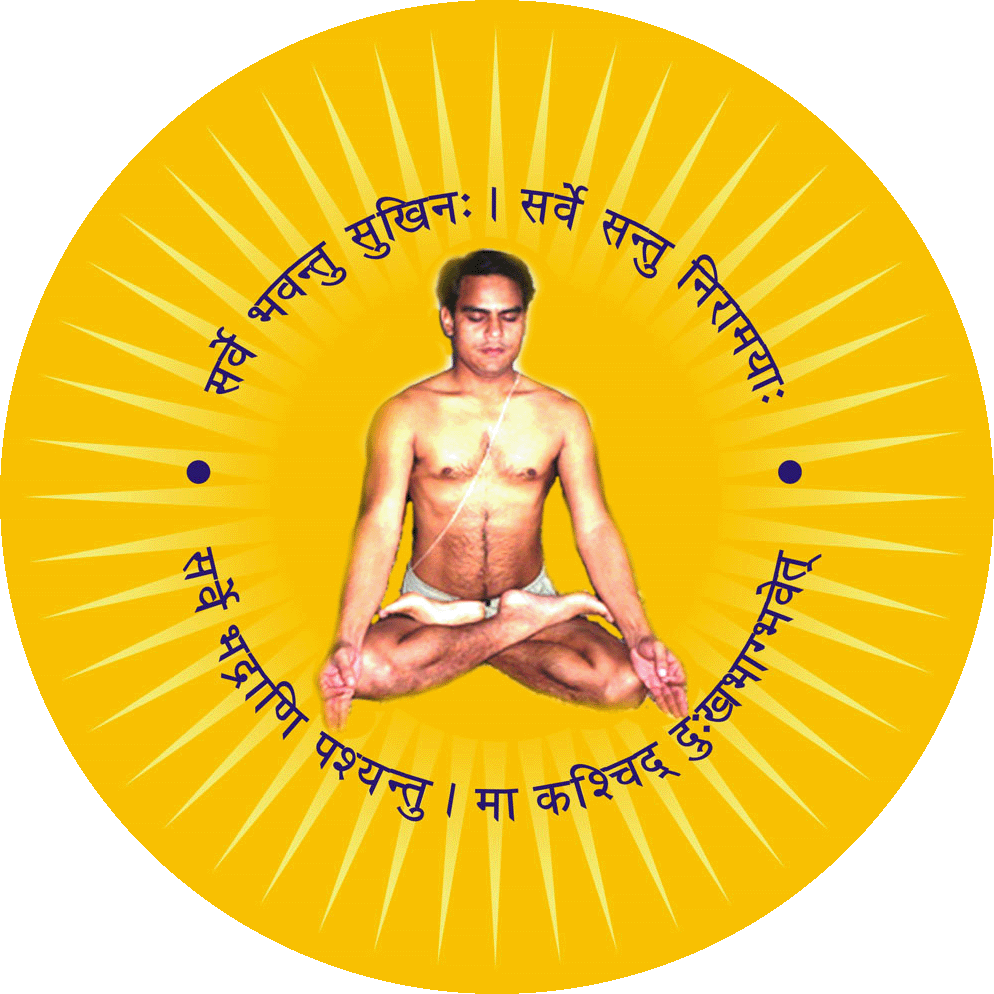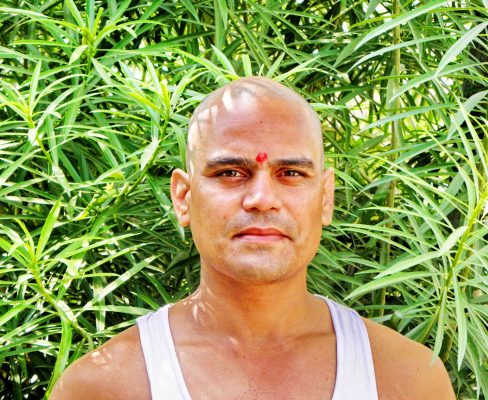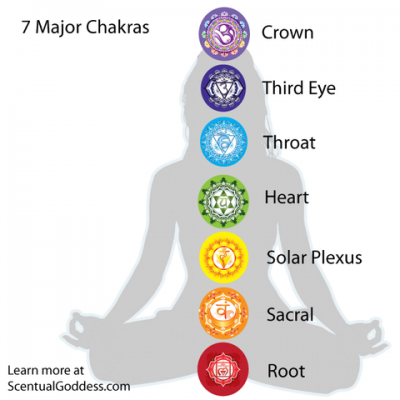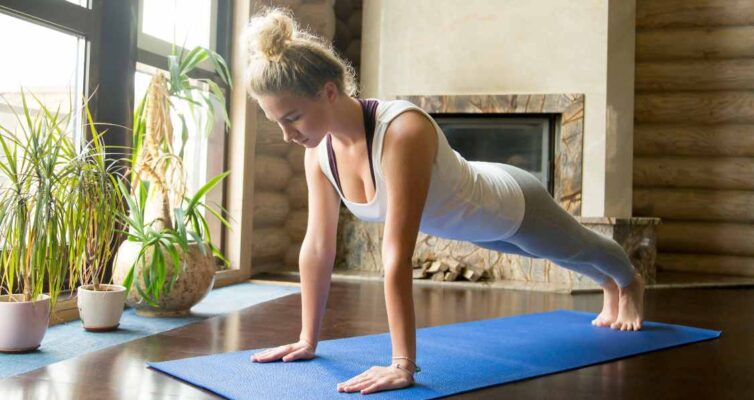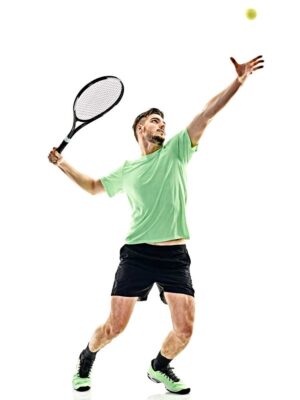Asanas for concentration on mind can boost mental health as well as physical flexibility. Vajrasana is a yoga posture that requires deep breathing while leaning forward. It increases engagement as well as strengthens the lower back and thighs. It is not an easy exercise to perform, so practice with caution.
Vajrasana
Vajrasana is a yoga posture that can help you focus better. The pose involves kneeling on the floor with your ankles clasped and your feet pointed up. Your big toes should touch, and your thighs should rest on your calves. Inhale and exhale deeply as you hold the pose.
This meditative pose uses in Zen and Muslim traditions. It helps to harmonize the physical and mental planes, improves concentration, and awakens compassion. Practice with bent knees, and this pose requires you to maintain a relaxed breathing pattern. To stay in the pose for an extended time, you should take at least 18 deep breaths.

While this pose may seem simple, it has many benefits. They can use it after a meal. It also elevates your spine and helps you to avoid hunching over. Several yogis use it as the base pose for several other asanas. It is suitable for all ages and levels of physical fitness. However, if you are prone to injuries or are suffering from knee pain, you should consult with a Yoga Instructor before performing it.
The benefits of this posture include increased circulation to the brain. It also activates the adrenal glands. Those benefits make vajrasana a powerful tool for improving concentration.
Dhanurasana
Dhanurasana, also known as Upward Bow, is an asanas that is good for concentration. This pose involves stretching your shoulders backward and tightening them from behind. It must be seated Dandasana, with palms of hands on the floor behind your back and your feet flat on the floor. During the pose, you should focus on keeping your wrists and shoulders as relaxed as possible.
This posture will best do in a clean, well-ventilated location:
- Lie on your back or stomach. Bring your legs to close together.
- Bend your knees and raise your chest. Hold the pose for about 20 to 30 seconds, exhaling quietly.
- Repeat the process three or five times.

Once you are in Dhanurasana, you need to be aware of your body and the poses you do. They are essential if you have an injury or are just trying to get your body to recover through yoga. If you need help, a good yoga teacher can help you achieve your goal.
In Ardha Dhanurasana, a variation of this pose is half bow. The half bow aims to prepare your body for the full pose. You will bend your knees halfway, keep one hand on your hip, and extend your other hand overhead.
Tadasana (Mountain Pose Asana)
The benefits of the Mountain pose are many. It can help with concentration and open your heart. Practiced with your palms facing forward, you can feel your spine lengthen as you lengthen and engage your inner thighs. You can also practice the Mountain pose by putting a block under your thigh and pulling backward.
You can practice Mountain Pose asana sitting in a chair or on the floor. You can modify the position if you find it challenging to get into the standing position. Try keeping your head slightly away from the wall and your ears at the level of your shoulders. During the posture, close your eyes and try to find the center of your body.

Practicing Mountain Pose can improve your posture and spine alignment, which is excellent for people who suffer from back pain or sciatica. It can also help reduce anxiety and reduce stress. Although this pose is challenging and requires concentration, it is not harmful to your body. Practice it regularly, and you’ll be amazed at how much difference it makes in your life.
If you want to improve your concentration, the asana is one of the best yoga poses for this purpose. It strengthens your legs, core, and lower body so that it will align your spine correctly. This pose will help you correct bad posture and reduce the incidence of headaches, neck strain, and flat feet.
Bakasana (Crane Pose Asana)
Crane pose asanas is a great way to improve concentration. It requires focus and confidence in one’s ability. The more often that one performs this asana, the better they will be able to concentrate. This asana also benefits the body, enhancing inner balance and allowing practitioners to engage fully in yoga practice.
Perform this asana, the torso will bend forward, and the knees will rest on the forearm and triceps. The feet should read out about 25cm apart, which will help balance the body. This asana will develop core strength and protect the wrists. It is essential to stay in this pose for about 5 to 10 breaths.

In addition to improving your concentration, the Crane pose asanas strengthens your core and stretches your back and palm sides. The posture is also suitable for building self-esteem and boosting stamina. The pose also stretches the entire body and calms the nervous system. It can also help relieve symptoms of numbness.
When practicing this asanas, remember that it has a long history in yoga. The Crow and Crane asanas would first think by the god Shiva, who gave them to the yogis who practiced Hatha yoga. These asanas are used in Hatha yoga to challenge the physical body while guiding the practitioner towards spiritual enlightenment.
Garudasana ( Eagle Pose asana)
If you want to improve your concentration, try practicing the Garudasana pose. This standing pose promotes engagement by creating a solid base. It also strengthens the shoulders and back of the neck. Typically, it’s incorporated at the end of a shoulder-opening sequence. As with any other yoga posture, this requires a balance between the body parts.
Garudasana is also known as the eagle pose. It is essential to practice this asanas on an empty stomach. Try to wait at least four hours after eating to allow your stomach to digest and settle. You can make this asana suitable for your body type by using blocks..

The Garudasana is the most popular yoga posture for concentration. It is a great way to strengthen your muscles and reduce the pressure on your back and limbs. The name of this asana comes from the mythical creature named Garuda, king of birds and vehicle of the Hindu god Vishnu. The Garuda is a majestic golden bird with red wings and an eagle’s beak. According to legend, this bird embodies the sun and all its rays.
Those looking for the best concentration yoga pose should start by learning about Garuda. This ancient spiritual text, called the Garuda Purana, contains the theory of Yoga and the practice techniques. In addition to allowing the meditator to focus on Garuda, Garudasana also helps him to cultivate humility, gratitude, and perseverance
Vrikhshasana ( Tree Pose asana)
Vrikhshasana is a yoga pose that helps improve concentration. It strengthens the hips, thighs, knees, and calf muscles. It also improves balance. It is particularly effective for people who suffer from sciatica or flat feet. This yoga pose also increases neuromuscular coordination and strengthens the inner ear.
Vrikhshasana is a challenging pose that requires practice to achieve maximum benefits. They should place the foot on the inner part of the right thigh. The rest of the body should remain in a neutral position. It is essential to stay in balance and to focus on your hands.

This yoga pose improves balance, coordination, and concentration. It helps you bring grace and meditative awareness to all aspects of your life. It also teaches you to stay calm and focused in any situation. As you practice this posture, you will be able to focus better on your work and other tasks.
Vrikshasana is a yoga posture that requires you to maintain your gaze. It helps strengthen the spine and leg muscles, and improves neuromuscular coordination. It can also help prevent depression and melancholy. When performed properly, Vrikhshasana can help you maintain your emotional balance.
Paschimottasana
If you are looking for a pose to help you concentrate better, you’ll want to try Paschimottasana. This forward fold is a great way to calm your heart and soothe your brain. It also increases circulation to the lower energy centers.
While practicing this pose, be mindful of your breathing and try not to force the edge. Forcing the edge of the carriage will only lead to injury, and you won’t get the full benefits from it. Keep your hands as relaxed as possible while you focus on the pose.
To make the Paschimottasana pose more effective, focus on the inward movement of your thighs. Bending your knees can make it easier to achieve the forward bend. Also, try to avoid over-rounding your back. When practicing Paschimottasana, be sure to breathe deeply and steadily. Hold the position for a few breaths, and then release it.

During the Paschimottasana pose, the core and abdominal muscles are a major contributing factor to your breathing. If you find it hard to breathe deeply, it may be because you don’t have enough muscle flexibility in your abdomen or chest. If this is the case, take a break and relax, and don’t force the pose.
As you practice this posture, your breathing rhythm will help you focus. It allows you to become more balanced and sattvic. Concentrating on your breathing will make you less likely to have restless thoughts. This posture will also help you relax and get a better night’s sleep.
